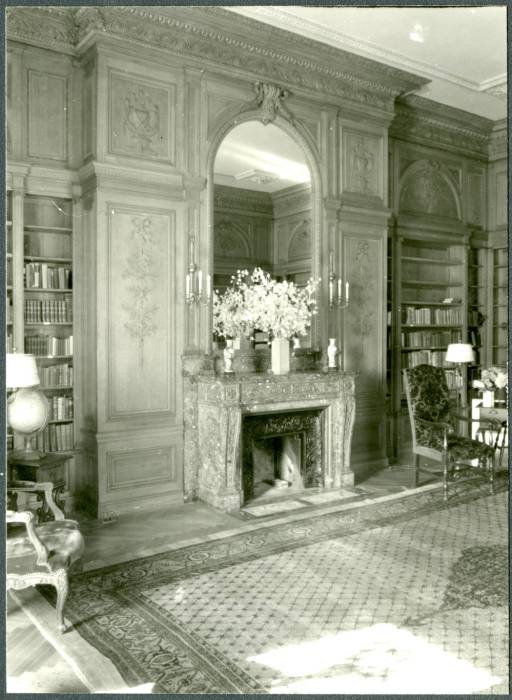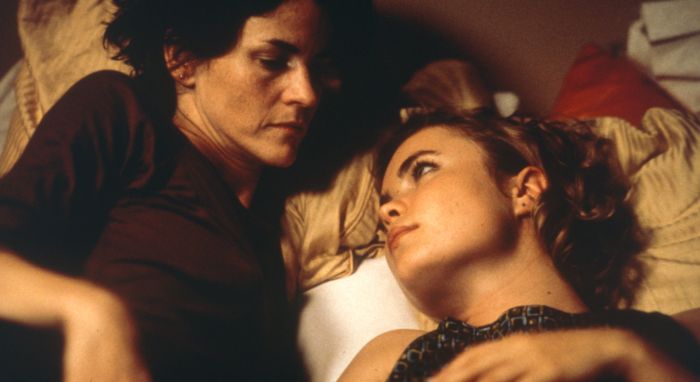Cornelius Vanderbilt was born on Staten Island, and many historical accounts depict his early years as filled with hardship. By the age of 16, with a $100 loan, Cornelius dropped out of school and began building his ferry service. Upon his death in 1877, 66 years after taking that $100 loan, he left a fortune of $100 million to his heirs, which is estimated to be about three billion today. Cornelius exemplified the true rags-to-riches narrative. Across the country, his family constructed grand homes that stand as a testament to the ideal of the self-made man in the American dream. One such home is the Idle Hour estate in Oakdale.
Situated between the Connetquot River and various suburban homes, the 110-room mansion is hard to miss. Once part of the expansive 900-acre Idle Hour estate, this residence is recognized as one of the largest in the nation. Following a fire in the late 1890s, the current house is the second structure built on the property. It was designed by the architectural firms Hunt & Hunt and Warren & Westmore, showcasing a Beaux-Arts style. Constructed with brick, gray stone, and limestone exteriors, it features 45 bathrooms, a conservatory, an oak-paneled library, and a main ballroom adorned with 24-carat gold leaf. Additionally, a sculpture of Diana the Huntress is carved into the fireplace of the main dining room, along with later additions such as an indoor tennis court, billiard room, and bowling alley, all of which distinguish this home from other Gilded Age estates.

The total cost of the construction and furnishings was estimated to be over three million dollars in 1901, which is $111,390,000 today. This elaborate English-style estate was for William Kissam and Alva Vanderbilt. William was Cornelius’s grandson and managed the family’s railroad investments. Shortly after the estate was built, William and Alva divorced due to his infidelity, and the happy memories of their marriage became a distant memory.
Following William’s death in 1920, his son Harold inherited the estate. The 900 acres were sold off in various parcels, including the 16 acres of the estate farm, which was sold to Lucy Pritchard Sawyer Thompson with the hope of creating a thriving artist colony but was later transformed into residential housing.
The mansion’s future was more turbulent as it changed ownership. During Prohibition, it was rented out to mobster Dutch Shultz, who was running Rum Row with fellow gangster William “Big Bill” Dwyer. Dwyer used the South Shore and its ports as a transit hub for hundreds, if not thousands, of cases of alcohol. Residents described their new neighbor as friendly and visible in the community due to his daily morning walks.
By the mid- to late thirties, the mansion was acquired by James Bernard Schafer, an occultist and founder of the Royal Fraternity of Master Metaphysicians. Schafer renamed the estate “Peace Haven” and retrofitted it as a compound for his cult. Following Schafer’s arrest on fraud charges, the property was foreclosed on, and the National Dairy Institute became the next property steward.
By 1962, Adelphi University in Suffolk County, which later became Dowling College, owned the mansion and several buildings associated with the old estate. After years of neglect and a fire, Dowling hired an architectural woodworker to restore or replicate the paneling in the hunting room and grand staircases. However, most other rooms were converted into classrooms with little regard for historical detail.
In November 2016, Dowling filed for bankruptcy, and Mercury International purchased the mansion along with Dowling’s other properties for $26.1 million. Owned by a Beijing-based asset group, Mercury International has neglected the property since its acquisition, resulting in severe damage to the mansion and its historic wood and stonework due to vandalism and the elements.
“During COVID, Mercury stopped hiring security, and the property became a target for vandalism,” explained David Chan, President of the Oakdale Civic Association. “About 15 or 16 of us started walking the property nearly every night to watch for trespassers. With our own funds and donations from other neighbors, we paid for boarding up the windows and installing cameras outside the property.”
What is the extent of the damage to the mansion, and how can it be brought back to its historic charm?
“There’s significant damage,” Chan said. “Graffiti, broken walls, stained glass windows, and original doors and light fixtures have all been stolen.”
Chan further attests to the indignities perpetuated by this grand local treasure well beyond the past decade’s events.
“Because of Dowling, 80% of the rooms have been converted into classrooms,” he added. “It is far from becoming a mansion. It will take millions to get it back in shape.”
Architect Victor Famulari, based in Manhasset and known for retrofitting a historical building at the Marjorie Post estate into classrooms, asserted that there is “100%” potential for restoring the Gilded Age charm and designing around the historical integrity for various uses, including office or residential space.
“You keep the exterior and windows intact without a doubt and minimize interior modifications by accommodating the existing functions,” Famulari said to Great South Bay News. “All projects take on a pulse of their own, but maintaining the beauty of the building and the comfort or meaning it provides to the community is the priority when balancing the redevelopment of a historic structure.”




























